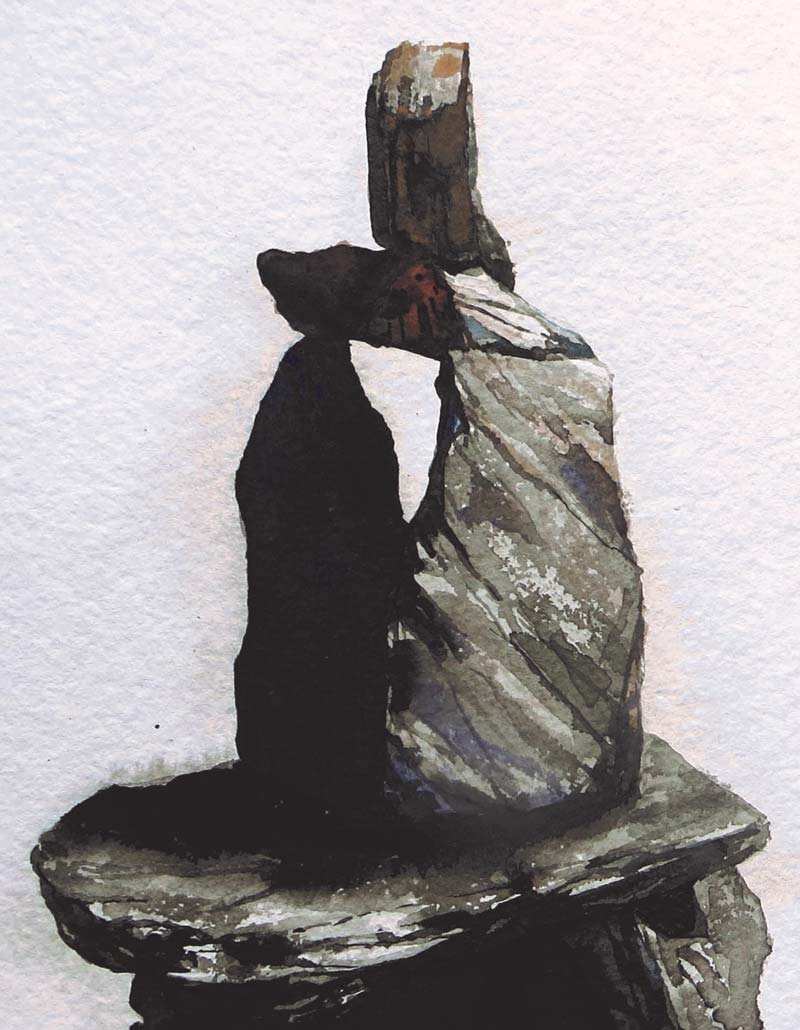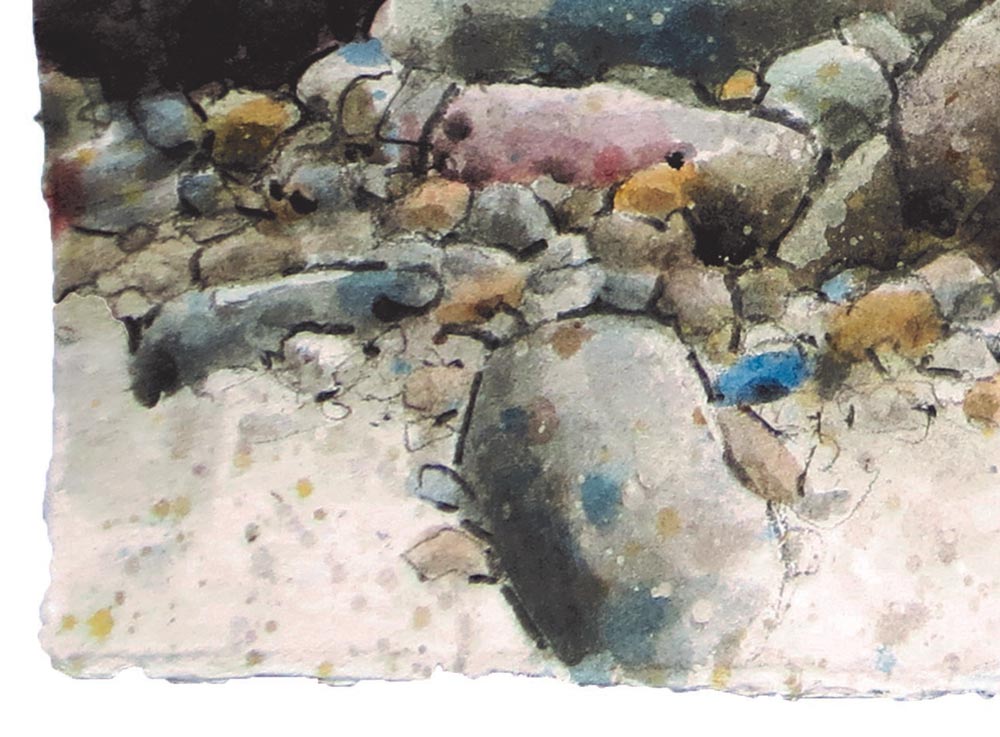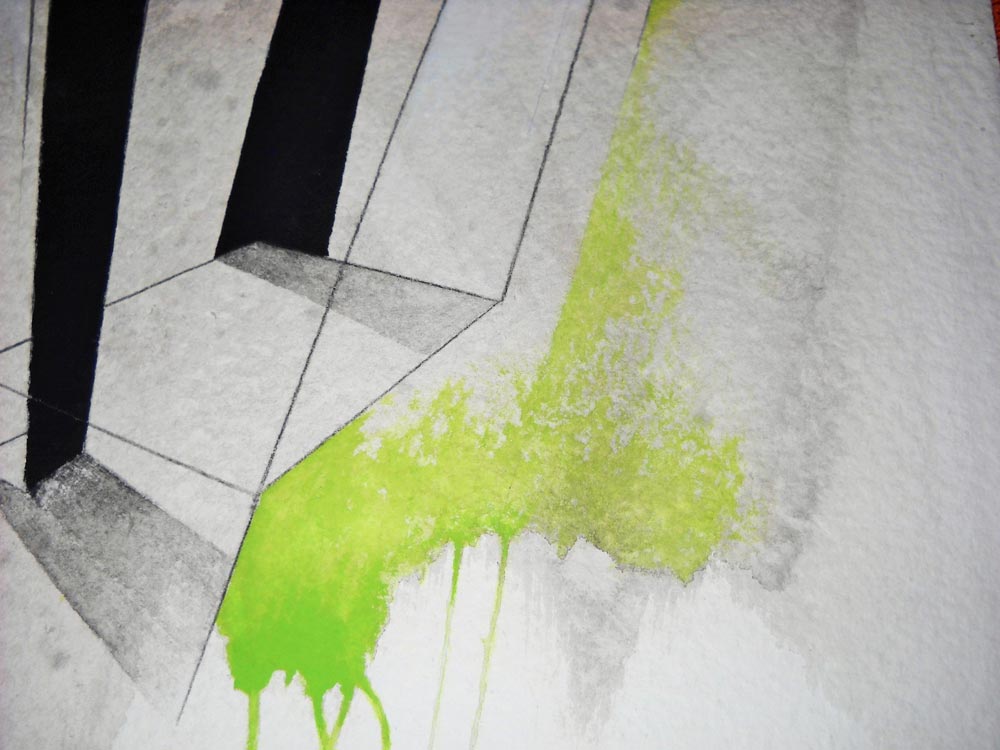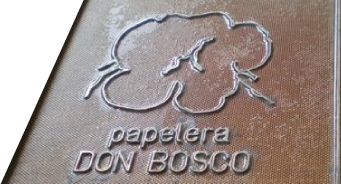Fine art paper for watercolors and other techniques


The technique of watercolor painting was born during the Renaissance. Paper is the ideal media for this technique; from the time watercolor was born and for several centuries afterwards, the only existing paper was "handmade paper", which remains the best paper for this form of expression.
From the second half of the 19th century, technical progress has made possible the manufacturing, on "in tondo" [circular] machines, a good imitation of handmade paper. Nonetheless, even today better-made machine paper is but an imitation of the handmade one.
The real "handmade paper" for watercolor must possess several characteristics, without duplication in machine based production:- All the four edges must be natural (called deckle edges): in handmade paper they are created by nature (they are left by the deckle used to form the sheet) while industrial papers are produced in rolls that are cut afterward (or ripped to imitate manual manufacturing). The manufacturers of industrial papers for watercolor try to maintain at least one natural side to give more value to their product. Handmade papers don't need these trickeries.
- Handmade paper fibers have no prevalent direction, because the plant particles that compose it have not been forced by the circular motion of the machine to take a particular direction.
- The surface is natural, as the sheet comes out fom the hands of the "master papermaker" and is particularly "soft" to the touch.
Other features that any paper for watercolor should have, whether manufactured by hand or machine:
- The pH should be neutral, normally 7, so that the paper is resistant to mold and remains unchanged over time.
- The raw material should be of 100% natural fibers, preferably cotton. Often industrial papers have only a small percentage of cotton because, for cost reasons, a part is added, sometimes predominant, of less valuable cellulose, industrially extracted from trees
- Sizing (glue) should be homogeneous, both on the surface and inside the sheet, to avoid uncontrolled absorption of water-based colors by the fibers.
The master papermaker who took care of the training of our Peruvian staff has, in its curriculum, a wide experience in the manufacture of the famous type "Export", now considered the best quality of watercolor paper.
The raw material used is exclusively local cotton, the famous PIME and Tanguiz types, known for the resistance and the small caliber of their fibers. The sizing is performed in paste, to be perfectly homogeneous, and the pH is carefully monitored.

Not satisfied, our process of improvement continues, with the objective of achieving the ISO 11108 certification (international standard archival papers) that now we cover partially.
Artist papers produced by Papelera Don Bosco yields good results also techniques other than watercolors. It has been tested for pencils (also grease ones), tempera, gouache, oil, Indian ink and oriental techniques, engravings, collages; it is also fit for many printing systems: from traditional typography to xylography, from lithography to modern digital printing systems.
It is common feeling that high quality is synonymous of high price: in the case of the paper by Papelera Don Bosco this is not true. Producing in a developing country like Peru allows us, while maintaining a fair wage to local workers, to have very low costs that largely offsets the costs of transport by air.
We are also available to produce, for art institutions, limited edition producers, and any other work requiring premium materials or brand recognition, custom watermarked paper with logos or signatures, even in small quantities.The paper by Papelera Don Bosco has an added value, invisible but deeply significant: purchasing its products you also contribute to the wages of twenty willing and capable young people of desolate suburbs. All profits (here included the depreciation charge of the building, machinery and instruction costs, the result of donations) are destined to the charitable deeds of the parish, such as kindergartens, soup kitchens, oratory for street children, care for the elderly and medication access for the poor.




